Actavis promethazine with codeine
$190.00
Actavis Codeine is one of many prescription opioid drugs regularly prescribed in the U.S. Other opioids include oxycodone (OxyContin), hydrocodone (Vicodin), and fentanyl.
Actavis Promethazine with Codeine: A Comprehensive Guide
Actavis promethazine with codeine is one of the most sought-after prescription medications in the cough syrup market. Known for its potent effects, this combination of promethazine, an antihistamine, and codeine, an opioid, is designed to relieve symptoms such as coughing, sneezing, and runny nose caused by the common cold, flu, or allergies. While highly effective in treating these conditions, its misuse has led to widespread attention. This guide delves into its proper use, potential side effects, and the reasons behind its popularity.
What Is Actavis Promethazine with Codeine?
Promethazine is an antihistamine that helps alleviate allergy symptoms by blocking histamines in the body. It also has sedative properties, making it effective in treating nausea and motion sickness. Codeine, on the other hand, is a narcotic cough suppressant (antitussive) that works in the brain to reduce the urge to cough. When combined, these ingredients create a strong medication used to treat upper respiratory symptoms.
Actavis, a well-known pharmaceutical company, became synonymous with this syrup, especially in certain subcultures where it was used recreationally. The product, however, is strictly intended for medical use under prescription.
How Does Actavis Promethazine with Codeine Work?
This combination medication works by addressing multiple symptoms of respiratory conditions:
- Cough Suppression: Codeine helps in suppressing the urge to cough, which can be beneficial for those suffering from constant or dry coughs.
- Sedative Effect: Promethazine, in addition to its antihistamine properties, acts as a sedative, which can help patients sleep and recover more comfortably.
- Allergy Relief: Promethazine reduces symptoms like watery eyes, runny nose, and sneezing by blocking the body’s natural response to allergens.
Appropriate Use and Dosage
Actavis promethazine with codeine should only be used under the supervision of a healthcare provider. It is prescribed for short-term use, usually not exceeding seven days. The typical dosage for adults is 5 mL (1 teaspoon) every 4 to 6 hours as needed, but dosages can vary depending on the severity of symptoms.
Common Side Effects
As with any medication, Actavis promethazine with codeine has potential side effects. Common side effects include:
- Drowsiness or dizziness
- Blurred vision
- Dry mouth
- Nausea or vomiting
- Constipation
In rare cases, more severe side effects can occur, such as:
- Difficulty breathing or slow, shallow breathing
- Severe drowsiness or sedation
- Hallucinations
- Seizures
Risks of Abuse and Addiction
Due to the presence of codeine, Actavis promethazine with codeine carries a risk of addiction. Codeine is a mild opioid, which can produce feelings of euphoria in higher doses, making it a target for recreational use. The “purple drank” or “lean” trend popularized the misuse of this cough syrup, where individuals mixed it with soft drinks and candies. This misuse is highly dangerous and can lead to overdose, respiratory depression, and death.
Long-term misuse can result in dependency, and those addicted may require medical intervention and rehabilitation to recover.
Safe Alternatives
For those looking for non-opioid alternatives, there are over-the-counter (OTC) cough suppressants and antihistamines that can be effective without the risks associated with codeine. Dextromethorphan, for instance, is a common ingredient in OTC cough syrups and does not have the addictive properties of codeine. Additionally, natural remedies like honey, ginger, and steam inhalation may offer relief for mild symptoms.
Be the first to review “Actavis promethazine with codeine” Cancel reply
Related products
Pills
Pills
Pills
Pills

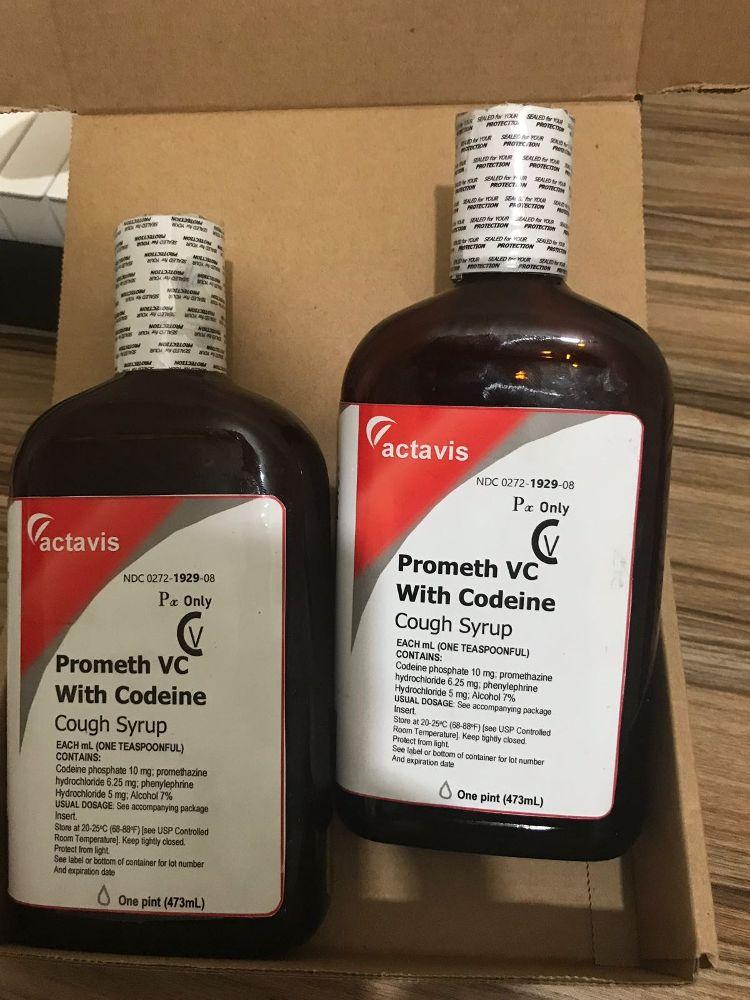

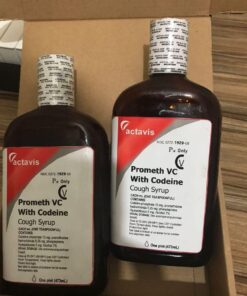



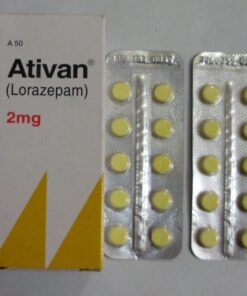
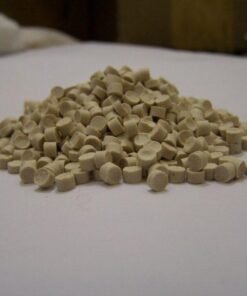
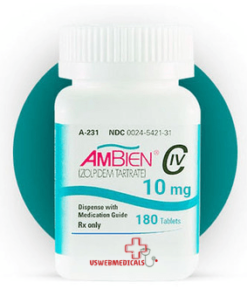



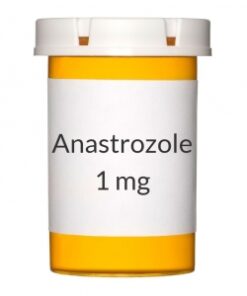



 WhatsApp us
WhatsApp us
Reviews
There are no reviews yet.